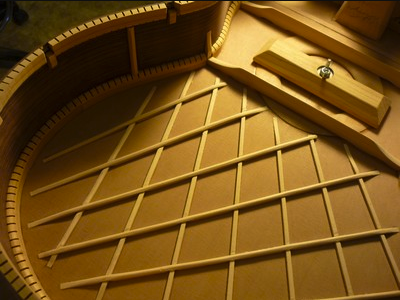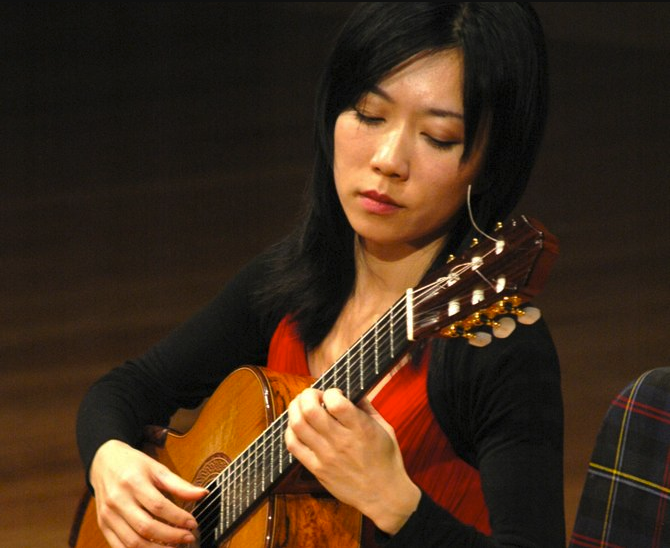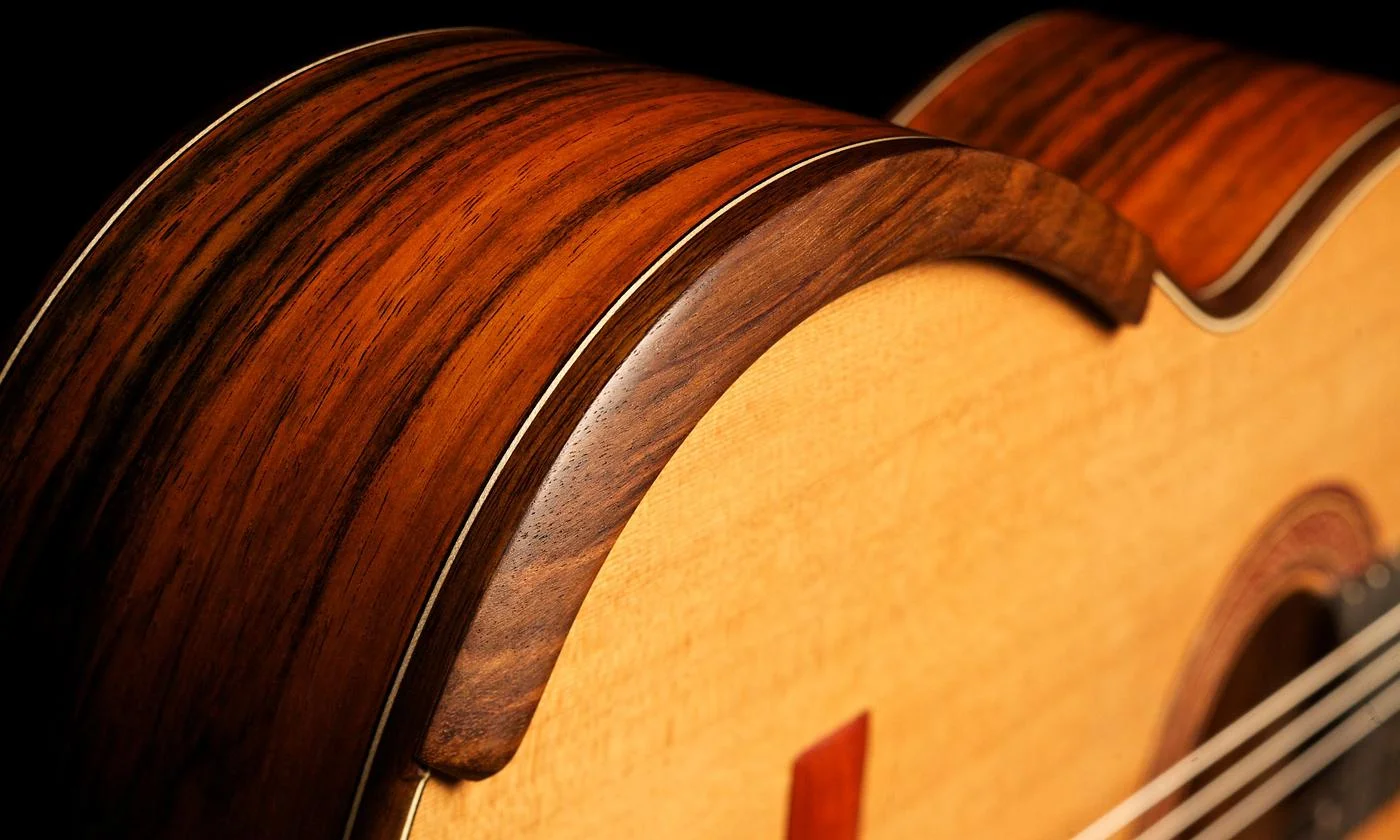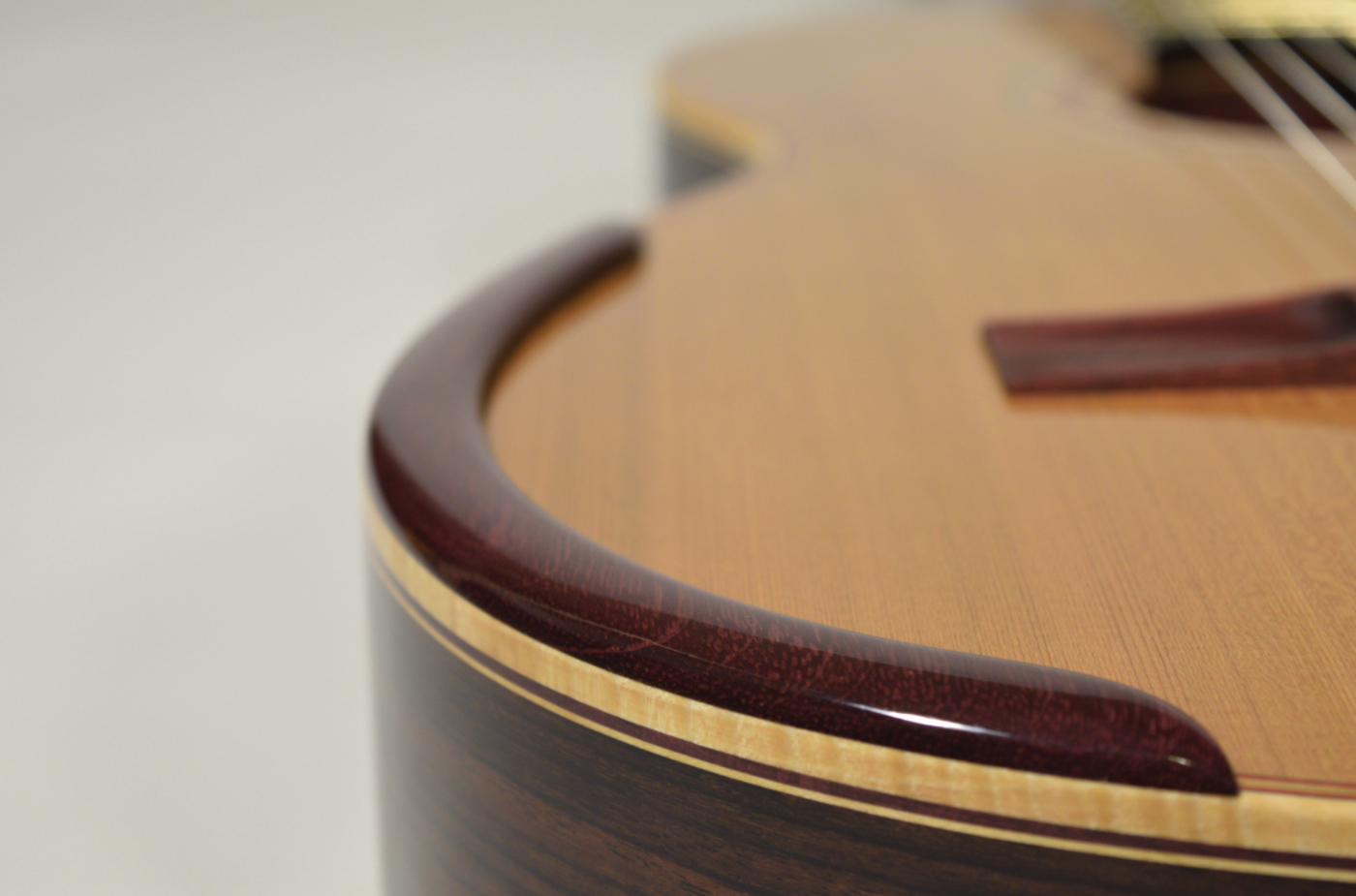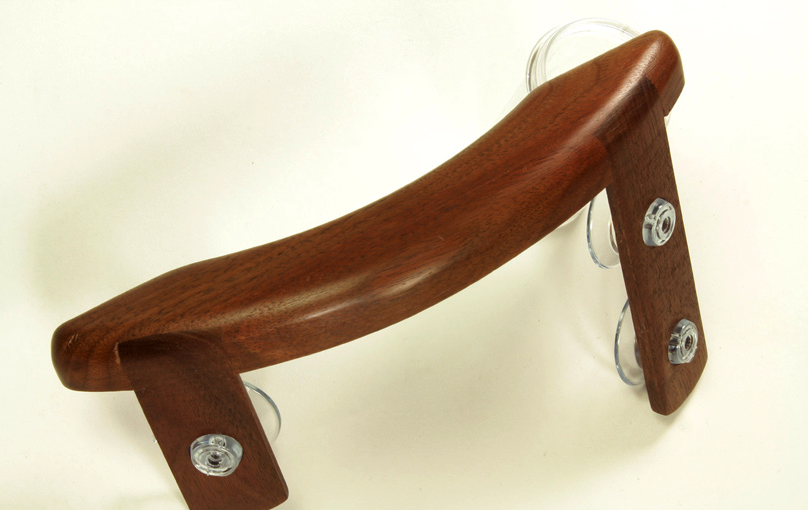Modern Classical Guitar Design Part 9: Reinforced Carbon Fiber Neck
If you've ever woken up one morning and found your guitar neck looking like a banana you're not alone. Should you buy a guitar with a carbon fiber-reinforced neck? Maybe...just maybe.
Introduction
Classical guitar necks usually aren't the most interesting conversation topic. Most of us are concerned with what wood it's made from, purfling, aesthetics, and of course the sound but from a luthiers point of view and as a player the neck is absolutely critical to the overall functionality and playability of the instrument.
Anyone that has played any kind of guitar that has neck issues such as warping will know the anguish of tuning and retuning constantly and never being able to get your guitar truly in-tune. On classical guitars this is caused by just one thing - a warped or damaged neck. Up until fairly recently classical guitars (especially those made by luthiers) avoided using any kind of truss rods either steel or carbon fibre or reinforcing of any kind in the neck, trusting in careful construction and material selection and superb care & handling by the owner to ensure a trouble-free neck after leaving the workshop. Unfortunately times have changed, people are traveling more and thus subjecting their instruments to wildly varying temperatures and humidity, materials that were available in the past are now either gone or restricted (CITES) or both causing luthiers to reevaluate how and what they use in their guitars to make them beautiful, mellifluous, and of course durable enough to handle the rigours of the modern world.
Enter Carbon Fibre Rods
Carbo Fibre isn't a new material at all - it's been around since 1879! Most of us really only came to know it commercially when it started to appear in expensive sports cars & bikes. Its commercial applications soon became widely known and it gradually started to make an appearance in many different industries including the music instrument industry and more specifically the guitar construction industry.
Carbon fibre also isn't new in the musical instrument realm. Many instruments or parts of instruments such as guitar picks, violins, violas & cellos, drum shells, and even entire guitars are made from carbon fibre. These items & instruments all take advantage of the high strength, light-weight, and complete evenness of the material to product products that are strong, predictable, and of course reliable.
As the title of the article suggests this is about carbon fibre rods being used in modern classical guitars to strengthen and stiffen the neck and also as a construction material for guitars that use 'lattice bracing'.
Is it really necessary?
Yes! From my perspective there is no downside to having reinforcement. I think of it like insurance - you never think it's useful until you actually need it then you extremely glad and grateful that you have it. There is a camp out there arguing or insisting that classical guitars only experience about 100 - 120lbs of pressure exertion upon the neck when stringed up and ready for action compared to steel string guitars that have about 170lbs minimum pressure. For me that isn't enough of a compelling argument.
Pros & Cons
Pros
- Superior strength
- Stability
- Durability
- Improved intonation
Cons
- Expensive
- Heavier
Which luthiers are using carbon fiber reinforced necks?
Here's a brief list of some famous classical luthiers using carbon fibre reinforcing:
Check out my other Modern Classical Guitar Design articles
Part 8: Fanned Frets
Part 7: Arched back
Part 6: Double Tops
Part 5: Lattice Bracing
Part 4: Armrest
Part 3: Soundport
Part 2: Indented Cutaway
Part 1: Elevated Fingerboard
Modern Classical Guitar Design Part 5: Lattice Bracing
An exciting article explaining the history, development, and the pros & cons of classical guitars with lattice bracing.
Introduction
Up until a couple of decades ago most if not all classical guitars were constructed using the fan bracing method or variations thereof. Prior to that 'ladder bracing' was used in the smaller predecessors of the modern guitar. Once Antonio de Torres arrived on the scene the style of bracing for the soundboard changed with his radical new concept of braces splaying out in the shape of a fan. This style of bracing has been used successfully for almost two centuries and it is still probably the most common type of bracing used in classical guitar design today. However, in the 80s master Australian luthier Greg Smallman revolutionised the bracing system for the guitar soundboard by introducing a system known as 'lattice bracing'.
The glorious phenomenon with the guitar is that it is still evolving. It is a work in progress and it seems as though the rate of change and experimentation with its fundamental design is an ever-changing thing. There is probably no other instrument on earth that is made with such wildly varying designs, shapes, patterns, styles, sizes, materials and so on. Guitar luthiers seem like a wild bunch always pushing the boundaries of guitar style, design, and most importantly - sound.
What does a classical guitar fan brace look like?
In the picture below you can see a wonderful example of fan bracing used to support the top. The braces all 'fan' out towards the edges of the soundboard hence the term 'fan bracing'. There are several well-known variations to the basic Torres design:
- Amadeo
- Bouchet (pictured below)
- Cordoba
- Esteso
- Panormo
- Tatay
- Yacobi
These innovations do have an impact on the tones and frequencies that are projected and amplified by the guitar itself. The traditional 'ladder bracing' ran at a 90degree angle to the soundboard grain produce a thinner, treble biased sound somewhat similar to that of the lute. The Torres 'fan bracing' combined with a larger body and thinner top produced warm instruments with an enhanced bass response and projection.
Enter Greg Smallman - Bearded luthier extraordinaire with his revolutionary 'lattice bracing' innovation. Three decades ago Australian Greg Smallman irreversibly changed the design of classical guitar bracing by introducing a system of overlapping struts all joined together using a combination of carbon fibre and balsa wood in a 'lattice' framework joined to a top that is much thinner than tops using the conventional Torres bracing. The result is a guitar with extraordinary clarity, even and consistent frequency response & fuller tone.
Pros & Cons of a lattice-braced guitar
Pros:
- Loud. An increase in volume offers the guitarist more dynamic possibilities
- Sustain for days
Cons:
- Non-traditional tone (sometimes described as nasal)
- Too Lound (is there even such a thing?)
Famous players that play lattice braced guitars
- John Williams
- Xuefei Yang
- Carlos Bonnel
- Timothy Kain
- Stepan Rak
- David Tannenbaum
A wonderful example of the power of a lattice braced guitar can be heard in John Williams' documentary 'The Seville Concert'. John visits Greg Smallman at his home in NSW, Australia. During their meeting John plays a snippet of the third movement of the 'Concerto in D RV230' by Antonio Vivaldi after they've visited Smallman's workshop. The power and clarity displayed by that instrument during that wee snippet is undeniable.
In conclusion
At the end of the day the most important thing is how the guitar makes you feel. Choose a guitar that suits you not because it has some cutting-edge design features or because of its brand.
Check out my other articles in the
'Modern Classical Guitar Design Series':
Part 8: Fanned Frets
Part 7: Arched back
Part 6: Double Tops
Part 4: Armrest
Part 3: Soundport
Part 2: Indented Cutaway
Part 1: Elevated Fingerboard
Let your fingers fly!
Modern Classical Guitar Design Part 4: Armrest
Armrests are a fascinating and relatively recent innovation for classical guitar design. They promote comfort, protect the guitar from wear, and supposedly lower the interference cause by the forearm resting on the soundboard.
Introduction
Welcome to part 4 in my series of articles about modern classical guitar design. In this article I will be discussing an innovation first seen on guitars made by the famous Australian classical guitar luthier - Greg Smallman. Hopefully by the end of the article you will have a better understanding of how they are made, why they are a good innovation, and where to find guitars that have them incorporated into their design.
What is a 'Classical Guitar Armrest'?
An armrest is a relatively simple design feature that serves three primary purposes:
- It allows the soundboard to vibrate freely by reducing the damping effect of the forearm as it contacts the side and soundboard when playing
- It protects the finish of the guitar from blemishing at the point of contact with the forearm
- It can be more comfortable as it replaces the somewhat sharp edge where the soundboard meets the side with a more rounded contour
My personal experience
To be perfectly honest I can say it is more comfortable and it definitely protects the guitar from blemishing on the soundboard & side. However, I couldn't say if it really effects the volume or quality of sound produced by the guitar itself. I think the only true test would be for a luthier to make a guitar and measure it's output with and without an armrest.
Another interesting point is the fact that an armrest will 'push' your arm out and away from the soundboard a little more than you may be accustomed too. That is because the armrest sits proud from the soundboard.
It seems that not everyone is convinced on the effectiveness or necessity of armrests on classical guitars. Some players note that no significant benefit to sound is perceptible at all. On that count I would have to agree however as I stated previously it is definitely more comfortable and it does protect the guitar but you could just as easily use a guitar cloth as many guitarists currently do.
Different Types of Armrests
It seems that armrests come in all shapes and sizes but generally speaking they are all quite similar in design. They are also made from a variety of woods and some are also synthetic. Interestingly enough it is also possible to retrofit an armrest onto your existing guitar.
Below is a beautifully handcrafted Rosewood classical guitar armrest from Ortega.
My Verdict
Personally I would recommend a bevelled edge or bevelled armrest instead of an armrest. A bevelled armrest does not sit proud and it provides maximum comfort as the bevel actually becomes part of the guitar itself rather than feeling like it was a tacked on afterthought.
I'll be covering bevelled armrests in my next article on modern classical guitar design & innovations.
Check out my other articles in the
'Modern Classical Guitar Design Series':
Part 8: Fanned Frets
Part 7: Arched back
Part 6: Double Tops
Part 5: Lattice Bracing
Part 3: Soundports
Part 2: Indented Cutaway
Part 1: Elevated Fingerboard
Let your fingers fly!





